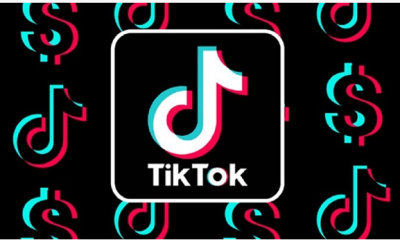Technology
The Most Common Customer Issues for Tech Companies
It is becoming increasingly hard to imagine a pre-digital world. After all, people from across the world now rely on hardware and software to power their businesses, receive answers to their questions, order a cab, connect with loved ones, or organize shopping to their homes.
As a result, the tech industry has grown larger, more diverse, and more regulated than ever before. While there are many opportunities for brands to grab a share of the market, launching a tech company isn’t an easy feat, as there are many hurdles to overcome.
One of the biggest challenges they will face is customer problems, which can affect a tech business’s reputation, trust, finances, and reputation. Read on to learn about the most common customer issues for tech companies.
A Short Lifecycle
Modern consumers understand that most technology products will become obsolete within a matter of years. What they don’t expect is for a device or software to have a short lifecycle and provide little value for their money.
If a company wants to secure customer loyalty, encourage word of mouth, and improve its reputation, it must focus on serving customers’ needs for a reasonable time length. If it doesn’t, it shouldn’t be surprised to receive many complaints and refund demands, which will damage a brand’s image.
Customer Lawsuits
A customer lawsuit is a real threat to a tech company’s finances and reputation. If a product causes damage to a client’s property, a device injures a customer, or a consumer is the victim of a slanderous employee comment, they might not think twice about taking legal action against a brand.
For this reason, small and large tech brands must take out general liability insurance to protect their companies from various incidents, such as property damage, a bodily injury, libel or slanderous comments, advertising issues, and expensive court fees.
The Customer Service Experience
Customers will reach out to tech companies with various problems, such as a hardware failure, sign-in issue, or a device overheating. If a brand doesn’t respond promptly to their questions or issues, they will feel ignored and undervalued. As a result, they will be less likely to upgrade their software, buy the latest make and model, or recommend a product to their friends and family.
Retain your customers and earn many more by improving the brand’s customer service experience. For example, your company may need to hire extra employees to reply to emails within 24 hours and answer calls promptly. Also, consider introducing a live chat facility on your website to help customers receive immediate answers to common questions or speak to a customer service representative.
Hidden Costs
Many technology companies provide tiered pricing structures for their software services. The most expensive options tend to offer greater features and more value for money. However, it is crucial brands clarify what a customer is buying and the fixed monthly cost. If a customer buys a product but discovers they need to pay more money than expected for additional features, they will feel frustrated with the service and likely make a complaint or write a bad online review.
Overpromising on Features or Performance
As technology companies will compete in a saturated market, many brands will go to great lengths to secure customers and blow their rivals out of the water. As a result, they could overpromise on their products and services, which may destroy trust, increase complaints, and prevent return custom. If your hardware or software doesn’t deliver on its promises, you can trust your customer service team will need to handle many angry phone calls, emails, and poor online reviews.


















